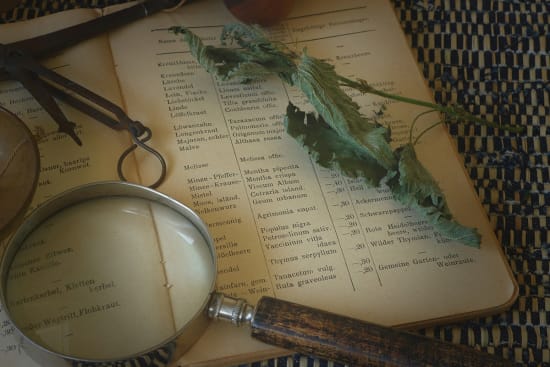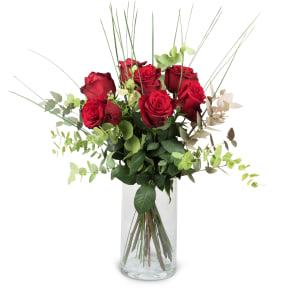Roses and their healing properties
The rose has always been used as a medicinal plant. Not only in ancient China,
but also in Persia, Greece and Rome. This has remained so until today.

Many flowers have medicinal effects, including roses.
They were therefore grown for their medicinal properties in mediaeval Europe.
The Ancient Romans had already discovered that the rose helped against toothache.
And Roman legionaries carried both roses and the associated knowledge across the Alps northwards.
At the end of the 8th century, Charlemagne made an important contribution towards
their inclusion as crop plants in the Imperial and monastic apothecary gardens.
In his capitulary De Villis, which provides rules to be observed in administering the king’s private domain,
he recommended the cultivation of roses because the petals of the Rosa gallica (Gallic rose)
in particular were useful for gargling as well as bathing slow-healing wounds and inflamed eyes.
To this day, herbalists say that the Rosa centifolia and Rosa gallica are good for hay fever and alleviate headaches.
All about the queen of flowers
About rose gifts
Roses are classic gifts of love. But why is there the custom of always giving an odd number of roses? And at what point is a rose long-stemmed?
Why roses don’t have thorns?
«No rose without a thorn», they say. Well, that's just plain wrong. Because roses have no thorns. Learn more about a big misunderstanding here.
Wild roses have been around for 25 million years
Unbelievable, but true: even before there were humans, the first wild roses were blooming. They were simple, had five petals and still exist today.
Roses first cultivated in China
Chinese, Sumerians, Japanese or Persians: all wanted the rose. The rose culture of the Chinese even belonged for a long time to the most advanced in the world.
Europeans discover rose cultivation
For a long time, roses in Europe only bloomed once. This only changed with the discovery trips of the English and Dutch to Asia in the 16th century.
Roses for fragrances and cosmetics
Roses have stimulated creativity in many areas, also in the beauty world. Here you will find exciting things about rosewater, rose oil, rose perfume and smelling bottles.
Roses and their healing properties
The rose has always been used as a medicinal plant. Not only in ancient China, but also in Persia, Greece and Rome. This has remained so until today.
12 June: World Red Rose Day
Roses seduce - and red roses even more so. No wonder, a day is dedicated to them worldwide. They symbolize love and passion and play the leading role on 12 June.
Roses with the Max Havelaar Fairtrade label
Learn more about the Max Havelaar Fairtrade label and Fleurop's collaboration.









